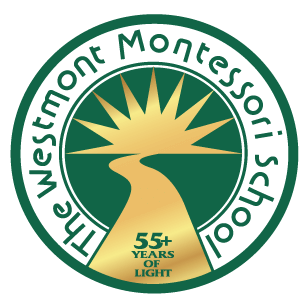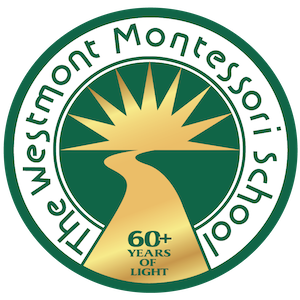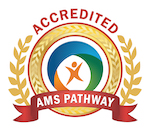Innovator, Feminist, Idealist #internationalwomensday
Maria Montessori

She opened the first Montessori school—the Casa dei Bambini, or Children’s House—in Rome on January 6, 1907. Subsequently, she traveled the world and wrote extensively about her approach to education, attracting many devotees. There are now more than 22,000 Montessori schools in at least 110 countries worldwide.
Maria Montessori was born on August 31, 1870, in the provincial town of Chiaravalle, Italy. Her father was a financial manager for a state-run industry. Her mother was raised in a family that prized education. She was well-schooled and an avid reader—unusual for Italian women of that time. The same thirst for knowledge took root in young Maria, and she immersed herself in many fields of study before creating the educational method that bears her name.
Beginning in her early childhood years, Maria grew up in Rome, a paradise of libraries, museums, and fine schools.
Breaking Barriers
In time, however, she changed her mind, deciding to become a doctor instead. She applied to the University of Rome’s medical program, but was rejected. Maria took additional courses to better prepare her for entrance to the medical school and persevered. With great effort she gained admittance, opening the door a bit wider for future women in the field.
When she graduated from medical school in 1896, she was among Italy’s first female physicians.
Birth of a Movement
The opportunity to improve on these methods came in 1900, when she was appointed
co-director of a new training institute for special education teachers. Maria approached the task scientifically, carefully observing and experimenting to learn which teaching methods worked best. Many of the children made unexpected gains, and the program was proclaimed a success.
In 1907 Maria accepted a new challenge to open a childcare center in a poor inner-city district. This became the first Casa dei Bambini, a quality learning environment for young children. The youngsters were unruly at first, but soon showed great interest in working with puzzles, learning to prepare meals, and manipulating materials that held lessons in math. She observed how they absorbed knowledge from their surroundings, essentially teaching themselves.
Utilizing scientific observation and experience gained from her earlier work with young children, Maria designed learning materials and a classroom environment that fostered the children’s natural desire to learn. News of the school’s success soon spread through Italy and by 1910 Montessori schools were acclaimed worldwide.
Innovator, Feminist, Idealist
As a public figure, Maria also campaigned vigorously on behalf of women’s rights. She wrote and spoke frequently on the need for greater opportunities for women, and was recognized in Italy and beyond as a leading feminist voice.
Maria Montessori pursued her ideals in turbulent times. Living through war and political upheaval inspired her to add peace education to the Montessori curriculum. But she could do little to avoid being ensnared in world events. Traveling in India in 1940 when hostilities between Italy and Great Britain broke out, she was forced to live in exile for the remainder of the war. There she took the opportunity to train teachers in her method.
At war’s end she returned to Europe, spending her final years in Amsterdam. She died peacefully, in a friend’s garden, on May 6, 1952.





